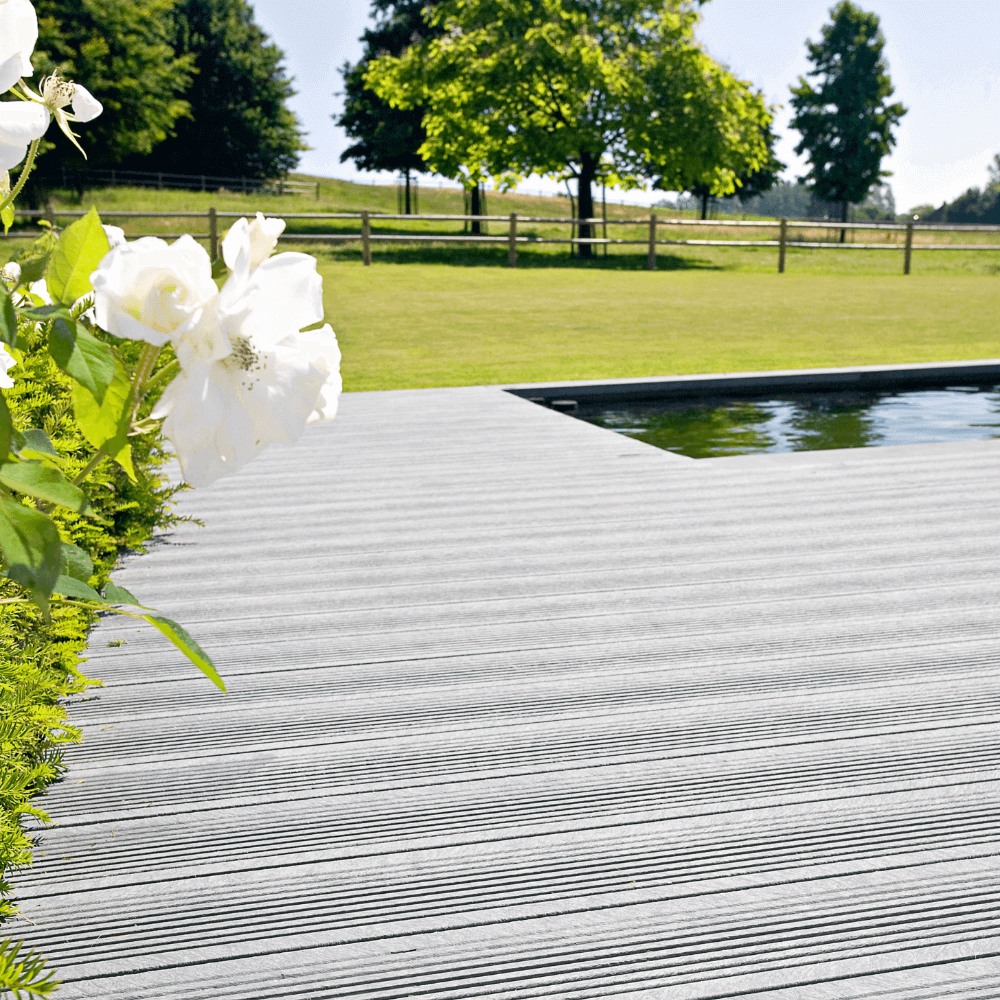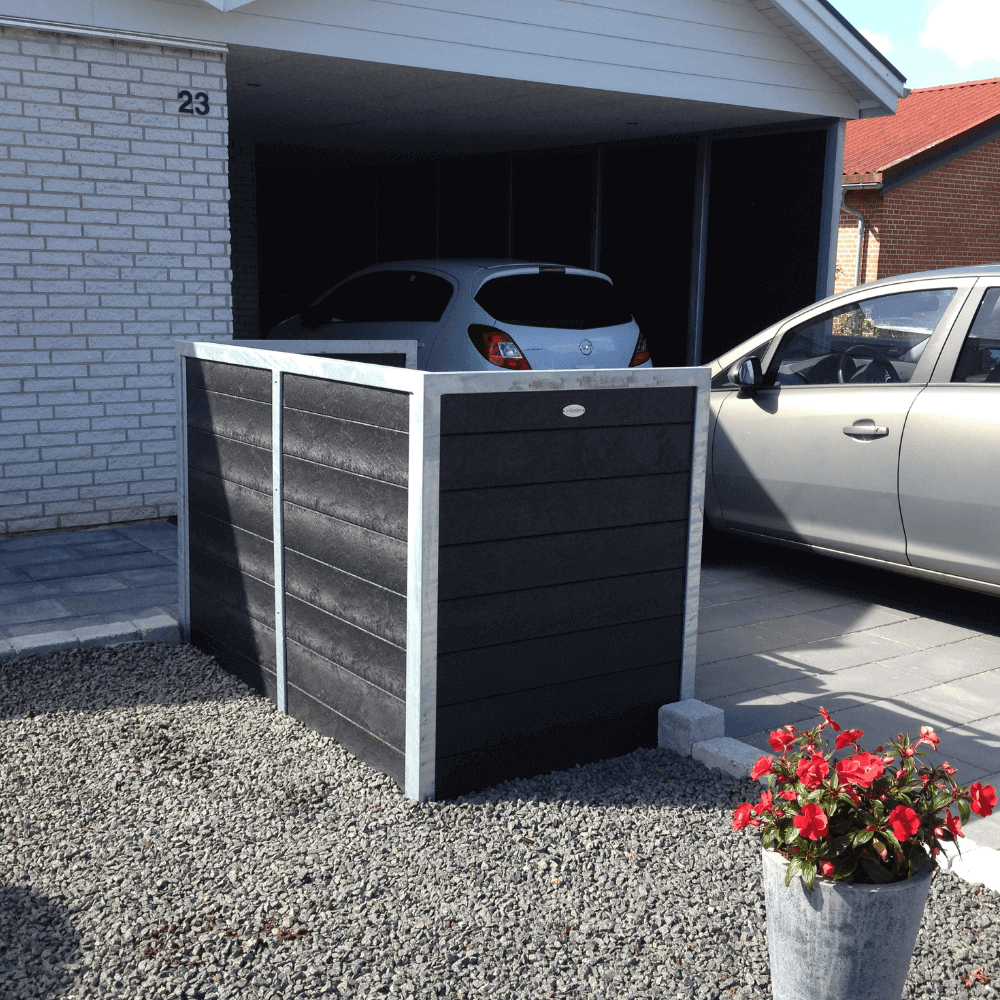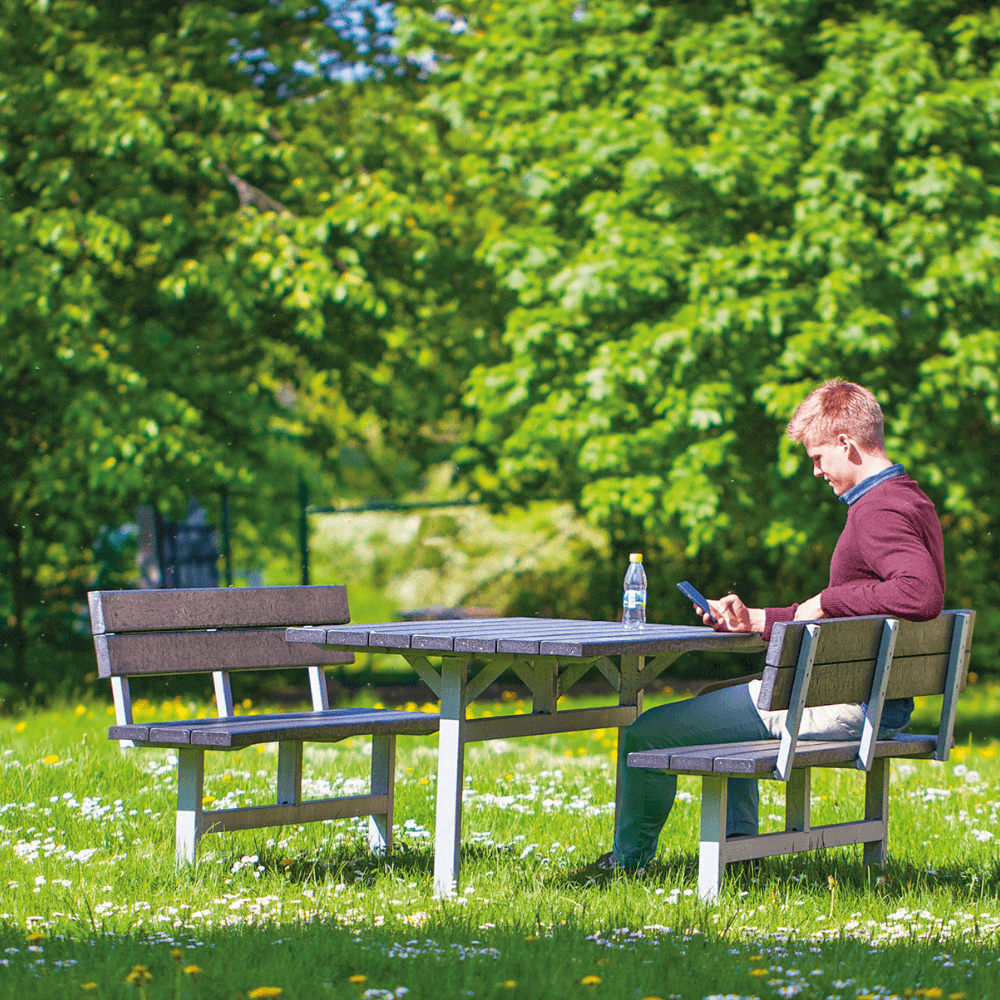<header>
<h1 itemprop="headline"><a href="https://www.growcamp.dk/havekalender-til-selvforsynere/" rel="bookmark" title="Permanent Link: Havekalender for selvforsynere">Garden calendar for self-sufficient people</a></h1>
</header>
<p><em><em><img alt="" class="responsive" src="https://shop8190.hstatic.dk/upload_dir/blog/Udklip.PNG" style="width: 225px; height: 300px;" /></em></em></p>
<p id="caption-attachment-4524">Peter Norris</p>
<p><em><br />
This garden calendar was created by Peter Norris, who has more than 25 years of experience in organic gardening. He is an expert in growing vegetables - also in the off-season, and therefore has fresh vegetables most of the year. His kitchen garden is 300 m2 and provides the family with pretty much everything they need of greenery. And of course: without the use of herbicides and fertilizers.</em></p>
<h2>How to read this garden calendar</h2>
<p>The following garden calendar or to-do list is aimed at growing fruit and (primarily) vegetables in a regular kitchen garden. It is of course based on what I grow in my beds and manure benches (aubergines will not be mentioned, for example) and how I grow things fairly intensively.</p>
<p>During the season, 2-3 different crops are often grown in the same place. For example, much is pre-cultivated indoors for later planting - either to get an earlier harvest or to be able to plant something new, immediately after a bed's first crop has been harvested. In other words, there are not many recommendations of when things were seen directly in the open air, but that kind is most often on the seed bag.</p>
<p>The garden calendar is of course divided into months, and during each month into:</p>
<ul>
<li>First<br />
Medio<br />
Ultimo</li>
</ul>
<p>The statements must of course be taken with a pinch of salt, because they are just my experience. The choice of varieties plays a role, the closer combinations of crops in a bed play a role - and then there is the weather. If you can see that the first crop in a bed, for example, is very late due to cool weather, the sowing of its successor should probably be delayed a bit.</p>
<p>The calendar is of course continuously revised on the basis of new experiences, ideas and desires - but here at the end of 2016 it looks like the following.</p>
<p><img alt="" class="responsive" src="https://shop8190.hstatic.dk/upload_dir/blog/Pluggbox-growcamp.jpg" style="max-width: 100%" /><em>Photo: Peter Norris</em></p>
<h2><strong>January</strong></h2>
<ul>
<li>Medio: Pepper sauce. May be sown in late January to be reasonably large when they are to be planted in a bench or greenhouse in mid-May. Can be repotted 3-4 times.<br />
End: Upcoming horse bean beds get wood ash<br />
Ultimo: Garlic bed gets dung and wood ash<br />
Ultimo: Stone fruit gets lime. Cherries and plums. Also a little for peaches and apricots.</li>
</ul>
<p><img alt="" class="responsive" src="https://shop8190.hstatic.dk/upload_dir/blog/rapinia-blomsterskud-960.jpg" style="max-width: 100%" /></p>
<p><em>Rapini. Blanch for 5 minutes, sauté in oil with garlic, serve with pasta and sprinkle with croutons. Photo: Peter Norris.</em></p>
<h2><strong>February</strong></h2>
<ul>
<li>Primo: Spring onion Ishikura sown. Planted in March.<br />
Primo: Lettuce was sown inside for later planting in manure bench in March. Good early varieties are eg Winter Gem and Little Gem.<br />
Primo: Early tomatoes were sown. Bloody Butcher - a 4-5 days after pepper. About February 5th. Should preferably be large with incipient fruits when planted in manure pile from mid-April.<br />
Medio: Potatoes are put to germination.<br />
Medio: Wintering onions are fertilized. Must be nitrogenous. Chicken manure solution.<br />
Medio: Onion sown inside the plug box. 2-4 seeds per cell. Both kepal onions, red onions and shallots.<br />
Medio: Spinach was sown for early outdoor harvest. Planted in March.<br />
Medio: Walnut bean (horse bean) was sown inside, planted outdoors in March.<br />
Medio: Pea was sown inside the root trainer. Early varieties (eg Twinkle). Planted in a manure bank or under cover in the open in March to harvest in June.<br />
End: Early beets were sown in plug box, 3-4 seeds per cell. Planted under plastic in late March.<br />
End: Radishes were sown in greenhouse beds.<br />
Ultimo: Rapini sauce. Planted in manure bench starting April.</li>
</ul>
<p> </p>
<p><img alt="" class="responsive" src="https://shop8190.hstatic.dk/upload_dir/blog/Spinat.jpg" style="max-width: 100%; border-width: 0px; border-style: solid; width: 960px; height: 403px;" /><em>Photo: Peter Norris</em></p>
<h2><strong>March</strong></h2>
<ul>
<li>Primo: Prune the fig<br />
Primo: Blueberries are pruned. The bed gets chicken manure.<br />
Primo: Upcoming potato beds are covered with clear plastic.<br />
Primo: Potato beds get wood ash. Must have a handful per m2.<br />
Primo: Winter spinach is fertilized. Must have liquid fertilizer as soon as new growth comes.<br />
Primo: Parsley and dill were sown inside.<br />
Primo: Lettuce was sown for planting outdoors in April.<br />
Primo: Tomato sown for house and bench. No earlier than March 8 so that they do not become too large before transplanting.<br />
Mid: Autumn raspberries are cut down.<br />
Medio: Summer and autumn spores were sown for planting after early potatoes. Sown in larger boxes so they can grow 25 cm long before transplanting.<br />
Medio: Spinach was sown inside for planting outdoors.<br />
Medio: Walnut bean (horse bean) sown. Sown inside roottrainers. Sown about March 15 to have a suitable size when they are to be planted between potatoes in mid-April.<br />
End: Celery leaves were sown. Sown last half of March. Seeds sown in the surface should hardly be covered. Best to sow in the plug box and later transplant to pots a few times. Planted out in late May.<br />
Ultimo: Onion beds get wood ash.<br />
End: Beetroot was sown inside 2-3 seeds per cell in the plug box. Sown no earlier than March 23, as there can still be a lot of frost in mid-April when they need to be planted out.</li>
</ul>
<p><img alt="" class="responsive" src="https://shop8190.hstatic.dk/upload_dir/blog/Roottrainer.jpg" style="max-width: 100%" /><em>The peas are ready for planting outdoors. Photo: Peter Norris</em></p>
<h2><strong>April</strong></h2>
<ul>
<li>Primo: Beetroot was sown in the plug box. Sown about 1 April, may be planted in the middle rows in beds where there should be corn in the main rows.<br />
Primo: Winter leeks were sown. Can, for example, be sown about 10 April in a plug box or small flamingo box and poked out in larger boxes. Must be at least 25 cm before transplanting. Planted in June after early potatoes.<br />
Primo: Peas were sown in the open.<br />
Medio: Cauliflower, kale and red cabbage were sown for planting after early potatoes. Sown about April 15, as they can often only be planted out after June 1.<br />
Medio: Broccoli was seen as the main crop around April 15th. Then they have the size for planting approx. in late May. Do not overheat. 20 pieces are planted in 3 rows staggered with 40 cm distance.<br />
Medio: Beans (dwarf) were sown to manure bench after overwintering spinach. Sort Delinel and Speedy, 21 pieces, planted in a bench - distance 15 cm in 3 rows. It takes 3 weeks from sowing to planting - sown about 15 April.<br />
Medio: First batch of cucumbers was sown. Sown at the same time as the outdoor tomatoes.<br />
Medio: Corn was sown inside. Earliest corn was sown on 15 April.<br />
Medio: Tomato sown in the open. Do not sow before April 15 - otherwise they will be too large before planting in early June.<br />
Medio: Withered leaves are removed on strawberries.<br />
Medio: Parsley root was sown between the pea rows. Soak in water for 24 hours before sowing.<br />
Ultimo: Zucchini sown. Sown in late April, so they are large for planting in late May under non-woven fabric. If courgettes are to be planted after new potatoes, they must be sown no earlier than 25 May.<br />
Ultimo: Sweet and pea sown. Approx. 3 weeks after previous sowing.</li>
</ul>
<p><img alt="" class="responsive" src="https://shop8190.hstatic.dk/upload_dir/blog/Roedbeder-forspires.jpg" style="max-width: 100%; border-width: 0px; border-style: solid; width: 960px; height: 447px;" /><em></em><em>Rødbeder i pluggbox. Foto: Peter Norris</em></p>
<h2><strong>May</strong></h2>
<ul>
<li>Primo: Maize was sown 3 weeks after the first batch.<br />
Primo: Basil was sown to bench. Sown in plug box. Sown not earlier than the beginning of May, as it must be planted in a bench after early lettuce / onions from early June.<br />
Primo: Autumn raspberries are thinned. Dilute to approx. 10 pr. meters when they are 30-40 cm high.<br />
Primo: Cabbage sauce. Cauliflower, red cabbage, savoy and kale were sown for planting after early spinach.<br />
Medium: Garlic beds are grounded if the soil is not saturated and the leaves have not started to turn yellow.<br />
Medio: Rod beans (Black: Fasold) were sown in root trainer for planting after eg spinach.<br />
End: Spring onions were sown, eg for planting between bush beans in late July.<br />
End: Carrots were sown for winter storage. Sown from late May to early June.<br />
Ultimo: Corn sauce. Ie approx. 3 weeks after second team. Planted after early lettuce, spinach etc.</li>
</ul>
<p><img alt="" class="responsive" src="https://shop8190.hstatic.dk/upload_dir/blog/Majs-roedbeder2.jpg" style="max-width: 100%" /><em>Photo: Peter Norris</em></p>
<h2><strong>June</strong></h2>
<ul>
<li>Primo: Beetroot was sown in the plug box for planting as a catch crop.<br />
Primo: Savoy winter hardy sown. Sown about June 1 - later sowing may not develop permanent heads until mid-October. Planted July.<br />
Primo: Last batch of peas was sown.<br />
Primo: Rod bean (Cobra) was seen about June 12th. Planted after early potatoes.<br />
Medio: Broccoli sauce. Green Magic. Sown in mid-June (no later than the 15th) to be able to form heads per. October. Planted after potatoes.<br />
Ultimo: Savoy sauce. Rapidly developing autumn varieties Salarite, Vorbote and King were sown for planting after bulbs. Saw approx. June 26 - later sowing may not develop permanent heads until mid-October. Planted out in late July after, for example, the oldest strawberry bed is cleared.<br />
End: Last batch of corn was sown approx. 20.6. Plant out after garlic.<br />
End: Wintering cauliflower (Aalsmeer) sown.</li>
</ul>
<p><img alt="" class="responsive" src="https://shop8190.hstatic.dk/upload_dir/blog/Salat.jpg" style="max-width: 100%; border-width: 0px; border-style: solid; width: 960px; height: 443px;" /><em>Photo: Peter Norris</em></p>
<h2><strong><br />
July</strong></h2>
<ul>
<li>Primo: Asparagus bed fertilized with compost.<br />
Primo: Shrub beans were sown for planting after potatoes.<br />
Primo: Celery leaves get fertilizer water.<br />
Primo: Bar beans were sown after onions. Fasold. Ready for harvest after about 6 weeks.<br />
Medio: Lettuce was sown for free space.<br />
Medio: Late peas (Terrain) were sown in root trainer for planting after potatoes. Possibly. 3 teams at one week intervals.</li>
</ul>
<p><img alt="" class="responsive" src="https://shop8190.hstatic.dk/upload_dir/blog/Tomater.jpg" style="max-width: 100%; border-width: 0px; border-style: solid; width: 960px; height: 477px;" /><em>Photo: Peter Norris</em></p>
<h2><strong>August</strong></h2>
<ul>
<li>Primo: Rucola was sown for autumn harvest.<br />
Primo: Lettuce was sown in autumn and early winter. Saw about 10.8. for planting in mid-September in manure bench. Sort Winter Gem.<br />
Primo: Spinach sown - no earlier than 1 August both directly in the open air and in pluug boxes for planting, eg for peas, early maize, onions, garlic etc. Earlier sowing often goes into stock during hot periods.<br />
Medio: Onion sown for overwintering. Sort: Sturon, Fire King, Senshyu, Yellow. Sown August 18th. Sown in plug box. 2-3 seeds per cell. Planted out in late October.<br />
Ultimo: Komatsuna sauce. Planted after early tomato in manure bench in late September.<br />
Ultimo: Mizuna was sown for manure bench and greenhouse. Saw approx. August 25. Can later be put in pots in the greenhouse until transplanting when tomatoes are cleared.<br />
End: Chives Shimonita and Kaigaro were sown for overwintering. Sown in plug box, planted in greenhouse Oct-Nov.</li>
</ul>
<p><img alt="" class="responsive" src="https://shop8190.hstatic.dk/upload_dir/blog/Loeg.jpg" style="max-width: 100%; border-width: 0px; border-style: solid; width: 960px; height: 480px;" /><em>Photo: Peter Norris</em></p>
<h2><strong>September</strong></h2>
<ul>
<li>Primo: Radishes were sown in a bench or greenhouse. Sort Rudi.<br />
Primo: Lettuce was sown for overwintering. Arctic King and Winter Gem. Sown in Pluggbox.<br />
Primo: Spinach Palco or Tetona were sown for overwintering in greenhouses and manure pits. Planted October-November. Also seen directly outdoors in September if there is room.<br />
Medio: Spit bowl and broccoli were sown for overwintering.<br />
Broccolisort Aquiles. 13 pieces must be used for a manure bench - must be planted in 3 main rows with 40 cm in between, and then 2 plants in each of the two middle rows. Then they fill the bench, forming several side shoots. 18 plants were seen.<br />
Spit bowl Hispi. It takes 15 pieces for a bench. 20 plants were seen.<br />
Ultimo: Pot of chives. Chives are dug up and put in pots in a bed, later moved to the greenhouse. Taken in for use during the winter.</li>
</ul>
<p><img alt="" class="responsive" src="https://shop8190.hstatic.dk/upload_dir/blog/Snackpeber.jpg" style="max-width: 100%; border-width: 0px; border-style: solid; width: 960px; height: 450px;" /><em>Photo: Peter Norris</em></p>
<h2><strong><br />
October</strong></h2>
<ul>
<li>Primo: Wintering cauliflower was sown inside at 20 °. Winters in pots in a greenhouse, but is put in a frost-free room in severe frost. Planted in March in bed under plastic.<br />
End: Garlic is added. The garlic is divided into cloves, which are put in 5–7 cm deep grooves, so that there are approx. 4 cm of soil above the bulb. In the row, there should be a distance of 10–12 cm between the fats and 25 cm between the rows. For winter, the bed is given chicken manure and wood ash. Ph must be 7.<br />
End: Overwintering broccoli and scallions are repotted into larger pots when the roots fill the bottom of 5 cm pots.</li>
</ul>
<p><img alt="" class="responsive" src="https://shop8190.hstatic.dk/upload_dir/blog/Blomkaal.jpg" style="max-width: 100%" /></p>
<p id="caption-attachment-24629"><em>Photo: Peter Norris</em></p>
<p> </p>
<h2><strong>November</strong></h2>
<ul>
<li>Primo: Garlic beds are watered. Must be watered for the first 3 weeks after laying<br />
Medio: Sow peas in mist bench for overwintering. Black Exzellenz or Meteor was sown in 3 double tractors.</li>
</ul>
<p><img alt="" class="responsive" src="https://shop8190.hstatic.dk/upload_dir/blog/Savoykaal-i-sne.jpg" style="max-width: 100%; border-width: 0px; border-style: solid; width: 960px; height: 421px;" /></p>
<p id="caption-attachment-24631"><em>Photo: Peter Norris</em></p>
<p> </p>
<p> </p>
<p><img alt="" class="responsive" src="https://shop8190.hstatic.dk/upload_dir/blog/Haven-hos-Peter-Norris.jpg" style="max-width: 100%" /></p>
<p id="caption-attachment-4538"><em>Peter Norris' garden in full bloom. Photo: Peter Norris</em></p>








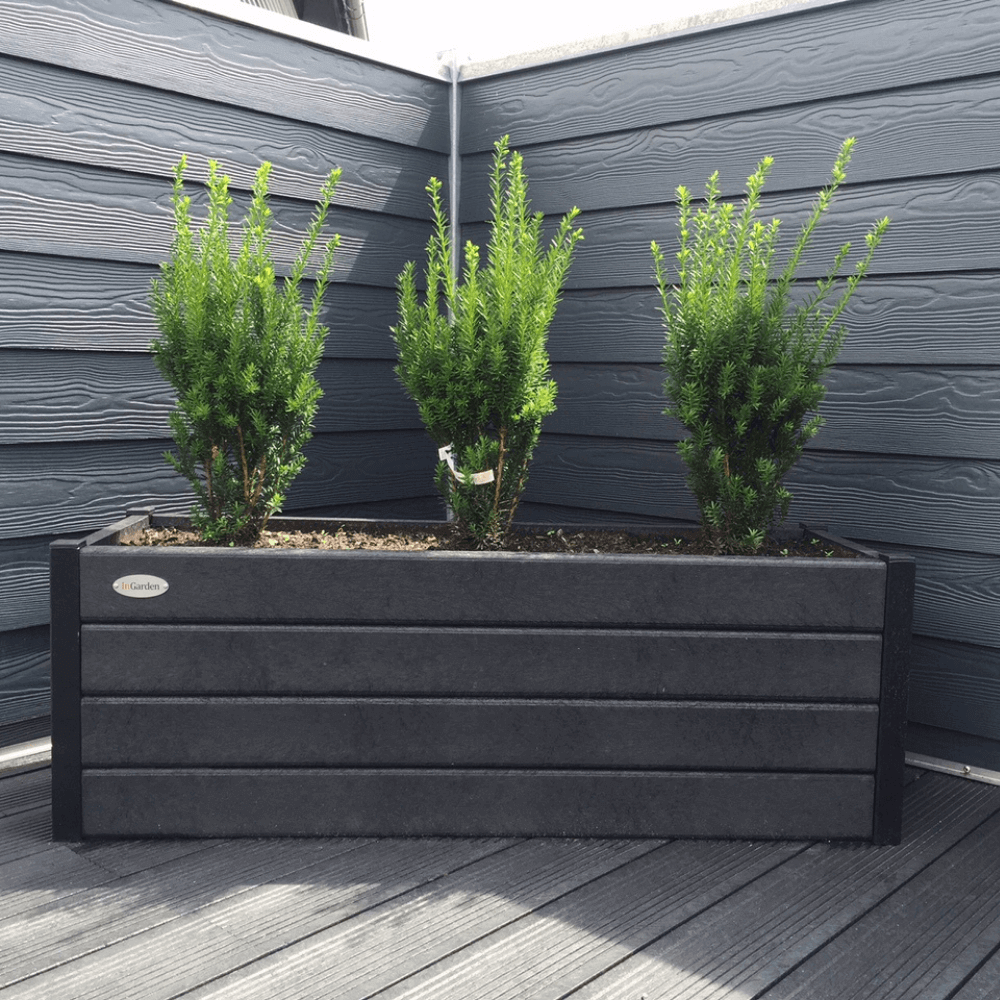
-1.backdrop.png)
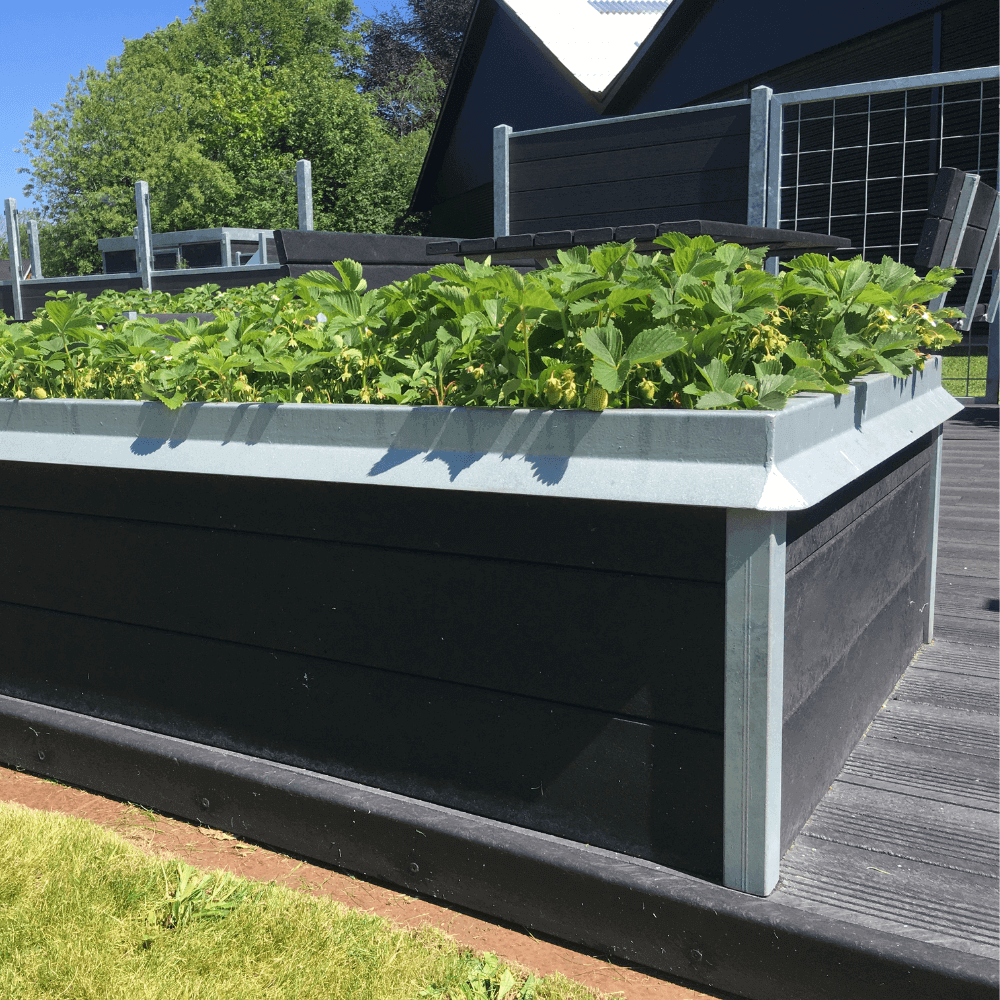
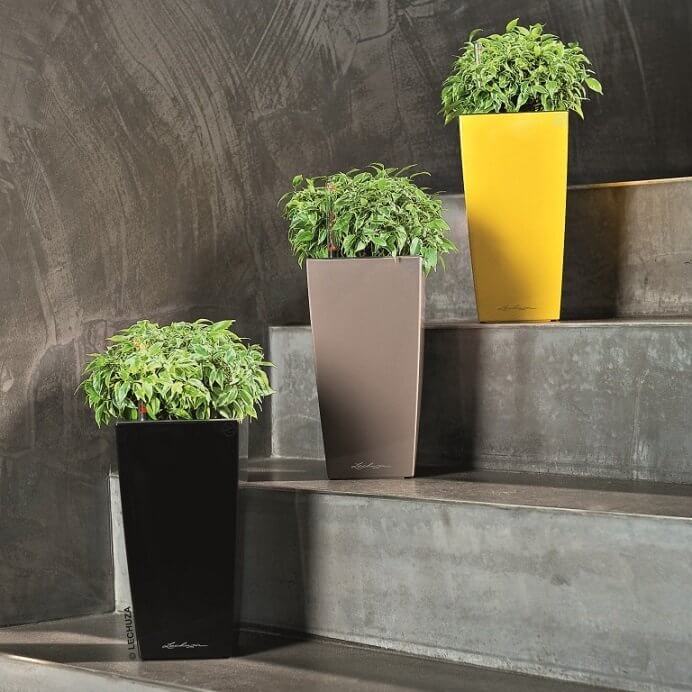
-1.backdrop.png)
